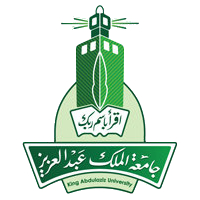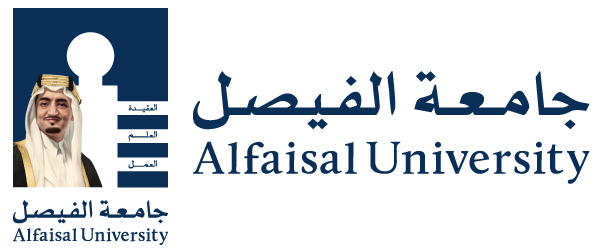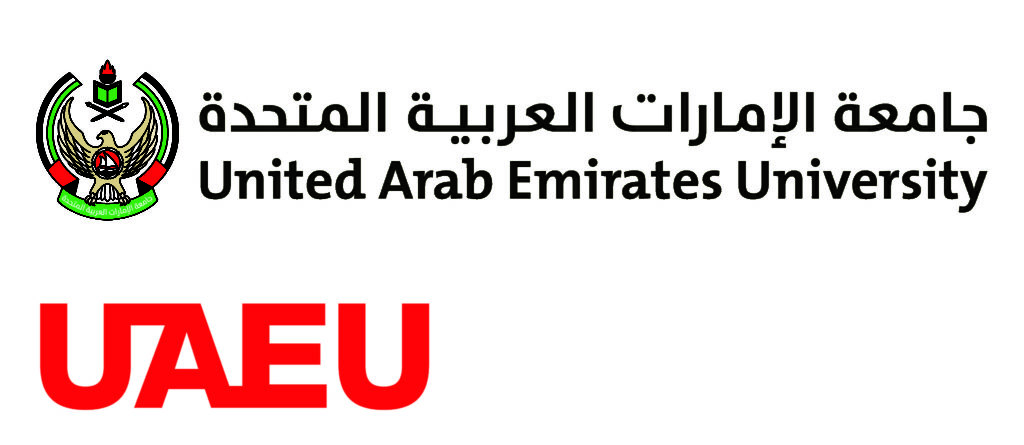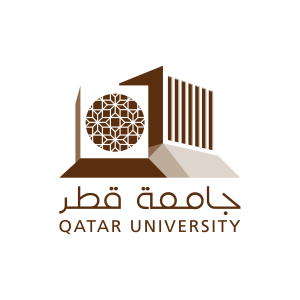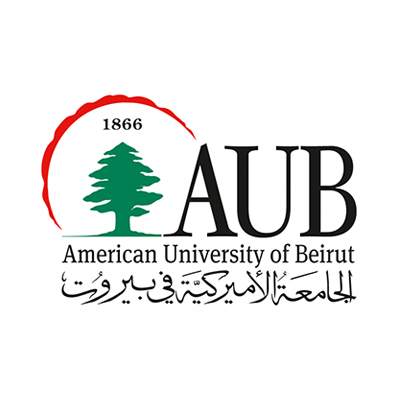Committed to advancing higher education, the Middle East and North Africa (MENA) region possesses a number of excellent universities. Public-private partnerships are increasingly being introduced in order to meet rising demand, and governments are growing more willing to stimulate educational innovation. Over the years, countries throughout the Middle East have invested billions to develop world-class institutions of higher education with an understanding that a highly skilled and educated workforce is necessary due to globalization. The following are five universities that comprise the Middle East’s educational infrastructure:
King Abdulaziz University
Located along the Red Sea in Jeddah, Saudi Arabia, King Abdulaziz University (KAU) was launched and named in honor of the kingdom’s founder in 1967. The institution has been part of the Saudi public university system since 1973. In line with Islamic regulations, it has separate campuses for men and women, both of which feature a diverse range of cultural and recreational facilities. In addition, there is a 7,000-seat on-site stadium.
In regard to academics, KAU has 17 main faculties, which include applied medical sciences and marine sciences, as well as several research centers dedicated to areas such as climate change, environmental studies, and genomic medicine. The main campus also houses Jeddah Community College, the Arabic Language Institute for Non-Arabic Speakers, and the King Abdulaziz University Hospital, the latter of which is one of the largest medical facilities in the region with more than 4,700 rooms and the capacity for as many as 1,000 emergency beds.
Alfaisal University
Operating since 2002, Alfaisal University in Riyadh, Saudi Arabia, has distinguished itself as one of the premier educational institutions in the Middle East. The 36.7-acre campus has more than 40 classrooms, in addition to ultra-modern laboratories, a 1,620-seat auditorium, and two 173-seat lecture theaters.
While the student body at Alfaisal University is largely comprised of Saudi nationals, 33 percent of the students are from 40 different countries. The university actively seeks to promote diversity in its student body and offers scholarships to students worldwide. Moreover, it has been a leader for gender equality in the Middle East education sector. One of its students, Hala Abdulla Albaidallah, was the first Saudi woman to earn a bachelor’s degree in architectural engineering.
United Arab Emirates University
Ranked at No. 5 in the QS Arab Region University Rankings, the United Arab Emirates University (UAEU) was the first educational institution developed in the UAE and remains its largest. Launched in 1976, the university attracts students from all seven Emirates, as well as dozens of countries around the world. In fact, international students comprise around 25 percent of its student body.
UAEU has nine modern and fully equipped colleges, including Food and Agriculture, Law, and Engineering. All of these colleges offer multiple internationally accredited undergraduate and graduate programs. The institution possesses around 14,000 students and, as of 2017, employs more than 650 faculty members with PhDs in their respective fields.
Qatar University
A fast-rising institution on the global scale, Qatar University (QU) jumped 90 spots to enter the 301-350 range of the top universities in the world for 2021, according to Times Higher Education (THE). The THE World University Rankings 2021 features more than 1,500 universities in 93 countries. This distinction comes not long after the university jumped from No. 276 (2020) to No. 245 (2021) in the QS World University Ranking.
“The participation in worldwide rankings brings a positive competition; it raises participants’ international standing and improves [the] job market for graduates of those universities,” noted QU president Dr. Hassan Al Derham. “For QU, international ranking is a result and not a goal. Our main goal is to prepare national leaders and develop the national human capital towards building a knowledge-based economy.”
The university boasts world-renowned graduate programs and has positioned itself as a leading research hub in the Middle East through its five-year roadmap, “Advancing Research for Qatar’s Future,” which lists the following priority areas: social change and identity; population, health, and wellness; information communication technologies; and energy, environment, and resource sustainability.
American University of Beirut
One of the oldest and most prestigious post-secondary institutions in the Middle East, American University of Beirut was founded in 1866 as the Syrian Protestant College. The university offers English language courses across more than 120 undergraduate and graduate programs at its 64-acre campus in the Lebanese capital. The courses are taught by approximately 800 accredited staff at six different faculties. The institution also boasts a 247-acre research farm in the Baqa’a Valley used by its Faculty of Agricultural and Food Sciences.


